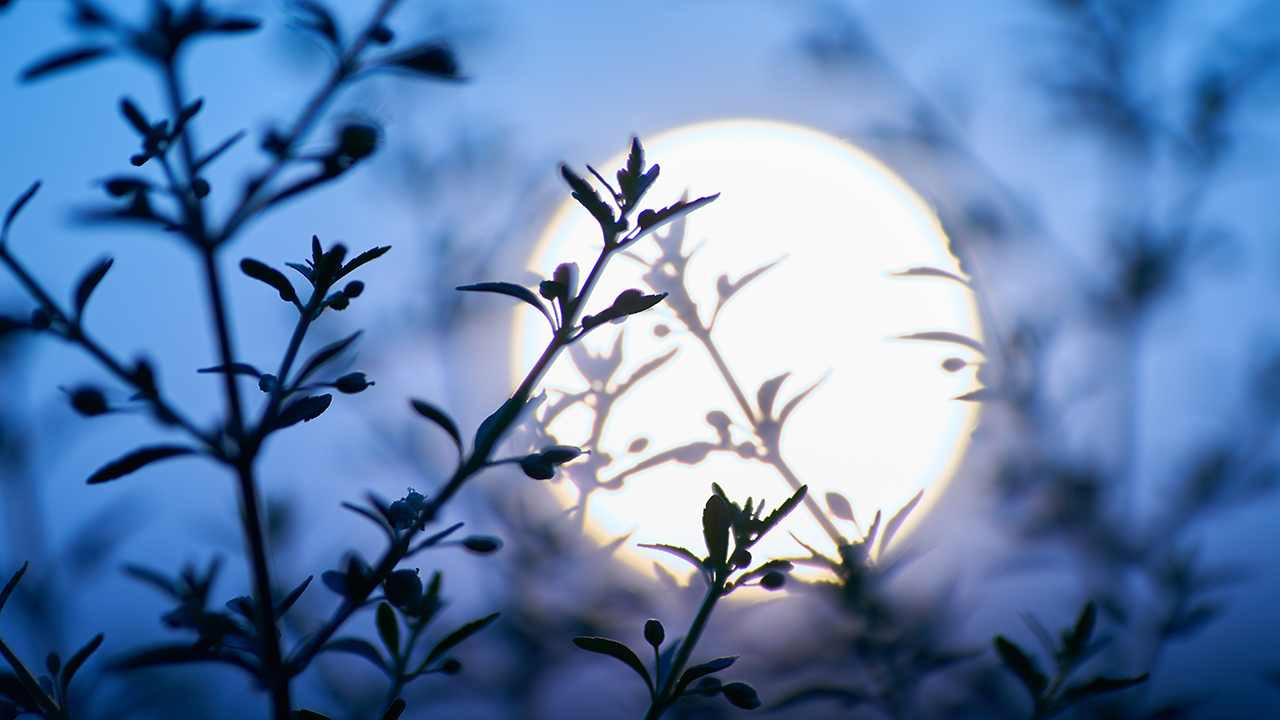
Explore moon gardening, an ancient practice aligning planting with lunar phases to optimize growth and connect with nature’s rhythms.
Moon gardening, the practice of planting and tending to plants according to lunar phases, is an age-old concept that continues to captivate gardeners and horticulturists around the world.
Rooted in both folklore and some scientific reasoning, moon gardening is said to optimize plant growth by aligning gardening tasks with the gravitational pull and light variations influenced by the moon’s cycles.
The idea behind moon gardening is that, much like the moon affects ocean tides, it also influences the moisture in the soil and within plants themselves.
The theory is that certain phases of the moon draw water closer to the soil surface, providing optimal conditions for seeds to germinate and plants to thrive.
According to moon gardening enthusiasts, the full moon and new moon phases are the most potent times for influencing plant growth, each having distinct impacts on different types of plants and gardening activities.
Science offers mixed insights on moon gardening, but there are some points of support within the framework of biology and astronomy.
Studies indicate that certain organisms may respond to lunar cycles, with some showing rhythmic behavior influenced by moonlight and others responding to gravitational shifts.
While plants don’t move in response to the moon in the same way animals might, some research suggests that lunar gravity might have subtle effects on sap flow and water absorption, potentially impacting germination and growth.
Even if the direct impact on plants is up for debate, moon gardening can still serve as a tool for mindfulness and seasonal awareness in the garden.
In many ways, it invites gardeners to engage more deeply with their gardening practices and observe nature’s subtle rhythms.
In this light, moon gardening can be a beneficial practice, blending ancient wisdom with modern observation and creating an experience that transcends mere plant growth.
The debate around moon gardening will likely continue, with passionate advocates and skeptical scientists each providing insights.
Regardless, for those who enjoy experimenting and tuning into the natural world, moon gardening remains a fascinating and potentially fruitful approach.
Discover Beautiful Flowers, Expert Gardening Tips & Interesting Plant Science!
By submitting this form, you are consenting to receive marketing emails from: . You can revoke your consent to receive emails at any time by using the SafeUnsubscribe® link, found at the bottom of every email. Emails are serviced by Constant Contact

About The Author
John Bagnasco has been in the gardening industry for over 50 years, starting with a horticulture degree from Michigan State University and following a stint at Frank’s Nursery and Crafts in Detroit.
After publishing his first book “Plants for the Home Vol. I” in 1976, he moved to California to become regional manager and buyer for the Nurseryland division of Sunbelt Nursery Group.
He then became the head buyer for Armstrong Garden Centers based in Glendora, California. John had a part-time affiliation with Creative Promotions for ten years before joining them full-time in October 2000 as a senior editor and radio personality for Garden Compass.
John has also taught horticulture classes at Palomar College and San Diego State University.
He is the host of the DVD “The Essential Guide to Roses,” which also features Bryan Main and Bruce and Sharon Asakawa.
His most recent book is “Planting Designs for Cacti and Succulents”.
Currently, John is a co-host on “Garden America,” an interactive live gardening show that additionally provides podcasts of the broadcasts accessible on all major platforms.
You can contact John here.
